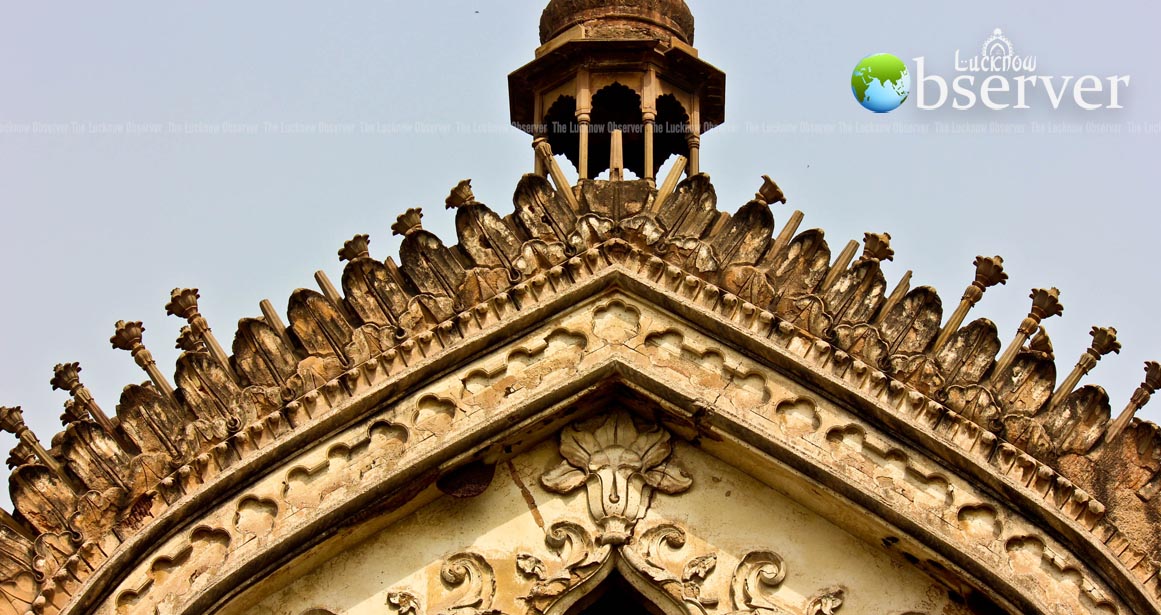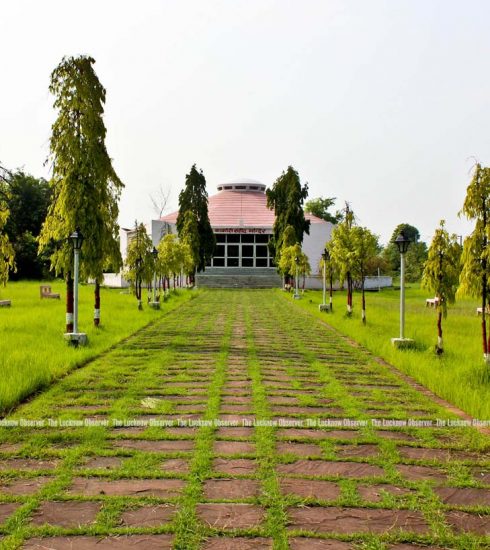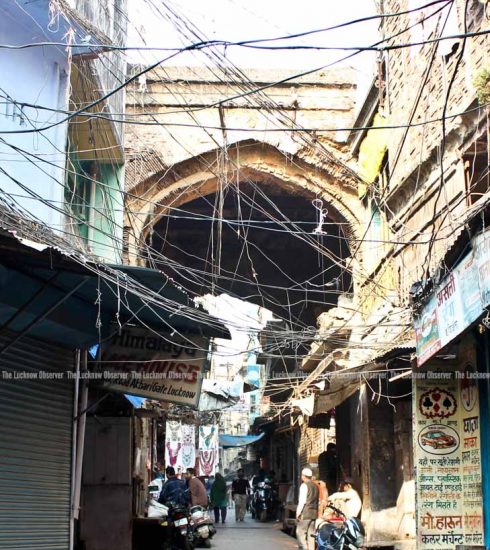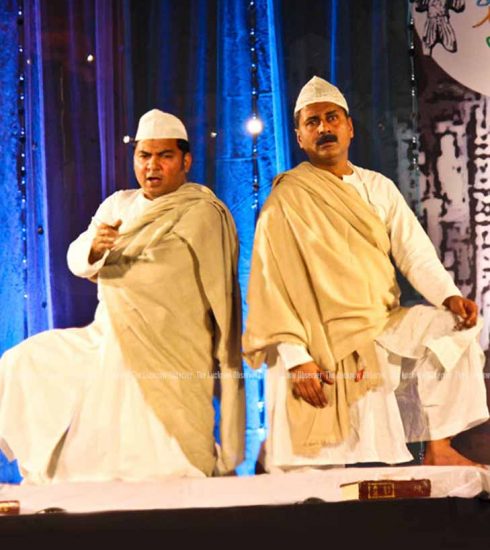Standing tall
Disaster management for built heritage
The earthquake last month that destroyed the regions in and around Nepal, not only took thousands of lives but it also caused great loss to the country’s unique cultural heritage. The tangible or built heritage was reduced to rubble including UNESCO World Heritage Sites and monuments of great significance such as the centuries old Pagoda. It is said that if a group’s cultural identity is erased it is similar to erasing them physically, as the group ceases to exist as a distinct cultural identity. Built Heritage is one of our most important cultural assets. Historic buildings are link to our past and provide us with centuries old building techniques. They are remnants of major turning points and achievements in human history. They also act as a symbol of pride of a nation.
Keeping in view this fact, an assessment of physical damage was carried out by the Archaeological Survey of India that declared the monuments to be safe in Northern India including the Taj Mahal. Although cracks and fissures have been noticed in some monuments in Delhi such as the Bijay Mandal for which structural conservation methods will be applied for restoration. The District administration in Lucknow called the Indian Institute of Technology Kanpur (IIT-K) to carry out physical assessment of the monuments in the wake of the tremors here. A previous study carried out by IIT Kanpur in 2012 reveals that the monuments in Lucknow are more vulnerable to such natural occurrences when compared to structures in Delhi, Agra and Jaipur. Prof. C. Durgesh Rai explained “Organic mortar was used in binding slim lakhauri bricks together and layered with a lime plaster, once the lime plaster erodes, the mortar gets exposed to air and starts decaying which loosens the grip. In contrasts, heavy stones have been integrated to raise buildings in Agra and Delhi which remain sturdy because of their weight as well”
Salvage efforts to reconstruct and restore the tangible and intangible heritage of a place after such a natural disaster involves intellectual, political and economic problems. It is of utmost importance to devise a proper action plan that includes comprehensive documentation, structural conservation and preventive measures to safeguard our built heritage. Disaster management agencies will have to come into play to make the general public aware of precautionary steps to be taken in the occurrence of such natural disasters. The ASI has also added a new disaster management section in their new National Policy for Conservation of monuments. Important precautionary measures mentioned in the manual include:
Adequate training should be provided to the monument in-charge to identify disasters that can have deleterious impact on a monument on the basis of the past history of disasters in the region, undertake impact assessment for anticipating and visualizing disaster scenarios, assess current levels of preparedness in mitigating disasters, and be able to coordinate with various agencies (central, state and local) for developing a quick response post-disaster programme and actions.
Monuments and their structural members (material, construction technique, jointing, etc.) should be ably assessed to determine their behavior during and against disasters. Should there be a need for necessary minimum retrofitting of a monument, this may have to be carried out so as to provide sufficient consolidation to the monument, which will mitigate its possible impact during disasters.
Access and evacuation routes and spaces should be clearly demarcated and indicated through appropriate signage for visitors so as to improve their response mechanisms during a disaster.
Talib Ahmad
Writer is an archaeologist and is working in a NGO
(Published in The Lucknow Observer, Volume 2 Issue 15, Dated 05 June 2015)









